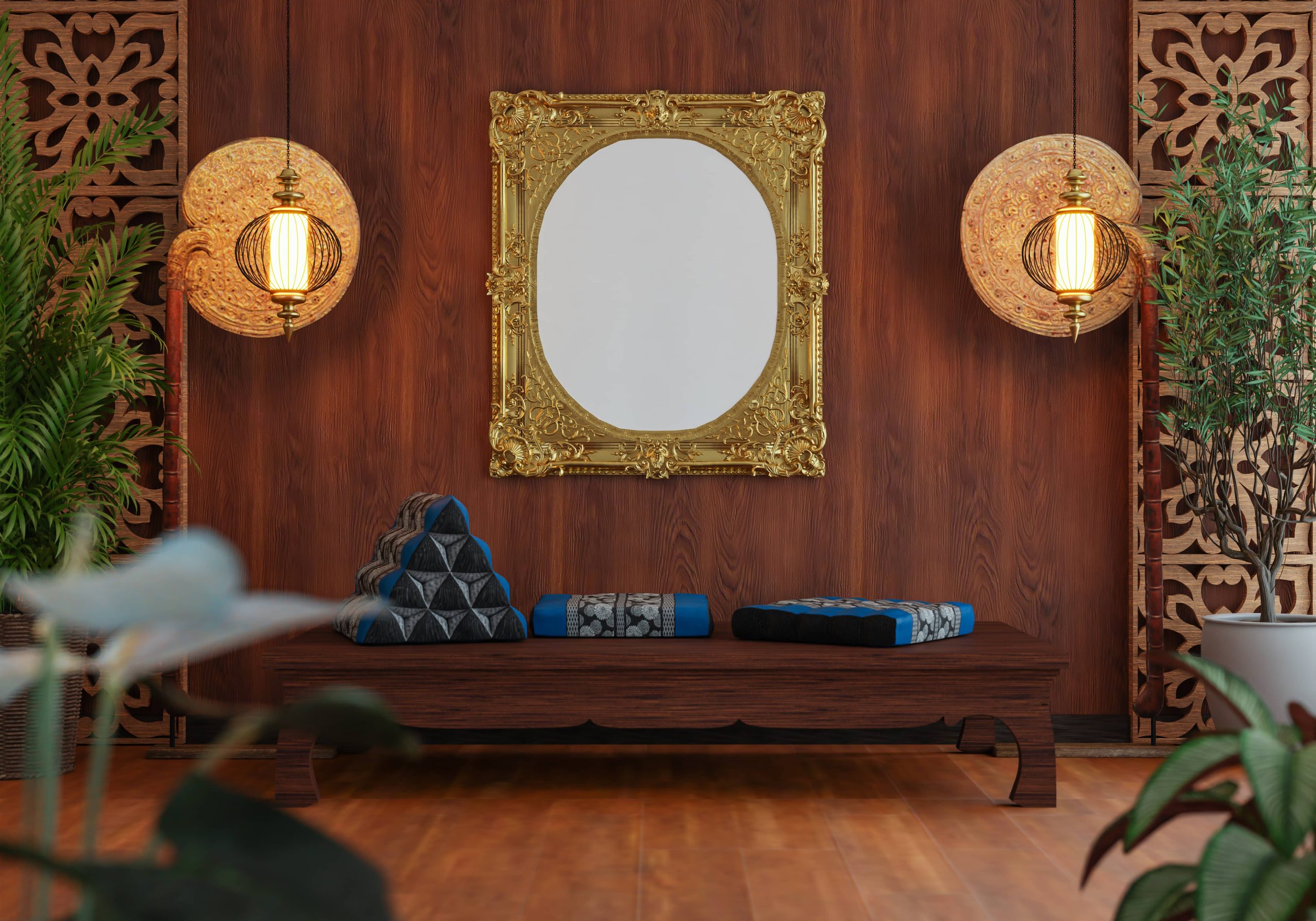
As we stand on the brink of 2025, the world of interior design is undergoing a transformative era. Driven by an amalgamation of technology, sustainability, and an ever-evolving aesthetic sensibility, the upcoming year promises trends that seamlessly blend the old with the new. Whether you’re planning to refresh your home or design a new one, here’s a guide to the leading interior design trends that are set to dominate 2025.
1. Biophilic Design: Nature’s Revival
Biophilic design continues to gain momentum as homeowners increasingly seek to reconnect with nature. This trend involves incorporating natural elements into interior spaces. Think large indoor plants, vertical gardens, and the use of raw materials like wood and stone. The calming and refreshing ambiance that biophilic elements bring into a home is unmatched. In 2025, there is an emphasis on sustainability, with materials sourced responsibly and sustainably. Expect to see more homes featuring reclaimed wood, bamboo flooring, and cork panels, all contributing to a green, eco-friendly environment.
2. Smart Homes: Technology Meets Aesthetics
Technology and home automation are not new concepts, but in 2025, they are seamlessly integrated with design. Smart home devices are no longer just about convenience; they’re becoming integral to home styling. Picture sleek sensors that blend into minimalist walls, smart lighting solutions that enhance room aesthetics, and AI-driven appliances that adapt to the day-to-day needs of the household. Voice-activated controls, customizable ambiance settings, and energy-efficient devices contribute to both the functionality and the futuristic look of the modern home.
3. Vintage and Retro Fusion: A Nod to the Past
The trend of mixing vintage and retro styles with contemporary designs will be prominent. This approach taps into nostalgia while providing a fresh take on beloved classics. Imagine mid-century modern furniture paired with futuristic art deco lighting. The key lies in balance—achieving a harmonious blend without overwhelming the space. This trend allows for personalization, with homeowners picking and choosing elements from past eras that resonate most with their personal style.
4. Bold Colors and Maximalism: Making a Statement
Gone are the days dominated by neutral palettes. 2025 encourages bold, rich colors that make a statement. Deep blues, vibrant greens, and fiery reds are making their way into interior spaces, adding warmth and character. Maximalism, with its ‘more is more’ philosophy, is the perfect companion to this bold color trend. Think eclectic decor items, layered textiles, and marquee statement pieces. This is a time to embrace personality and creativity, as homes become lively canvases of self-expression.
5. Open and Multipurpose Spaces: The New Normal
The pandemic era has redefined how we use our homes. In 2025, the trend of open and multipurpose spaces continues to thrive. Designing for flexibility, rooms are no longer confined to a single use but instead invite multifunctionality. Home offices transform into evening lounges, living rooms expand into dining areas, and kitchens seamlessly integrate with entertaining spaces. This trend is all about maximizing efficiency and creating harmony in how space is used.
6. Artisanal Craftsmanship: Unique and Personal
Handcrafted and customized pieces are becoming more desirable as people seek interiors that reflect their individuality. Artisanal craftsmanship offers unique designs that mass-produced items simply cannot match. In 2025, there will be a surge in demand for bespoke furniture, handmade artworks, and tailored upholstery. These pieces bring a sense of soul and story into a home, providing authenticity and uniqueness to the design scheme.
7. Textural Diversity: Layering for Depth
Interior design in 2025 is all about texture. Diverse materials and tactile surfaces are layered to create depth and interest within spaces. This trend sees wool, velvet, and boucle fabrics juxtaposed against sleek metals and polished woods. Textural diversity not only adds warmth but also gives dimension to a room, making it a dynamic and engaging place to be.
8. Minimalism with a Twist: Function Meets Aesthetic
While maximalism is thriving, minimalism is not left behind. However, the narrative has shifted. Contemporary minimalism is not about simply removing the non-essentials but rather celebrating purposeful design. Clean lines and uncluttered spaces are imbued with functional features that complement aesthetic beauty. In 2025, less is more still applies, but with an enlightened approach, where each element serves a purpose both practically and aesthetically.
9. Earth Tones and Natural Motifs: Embracing the Outdoors
Earth tones are predicted to remain popular, bringing tranquility and grounding to interior spaces. Soft earthy palettes, including shades of terracotta, sandstone, and olive, harmonize with natural motifs such as botanical prints and nature-inspired sculptures. These trends help in creating serene living environments that invite the outdoors inside, offering a retreat from the chaotic pace of life outside.
10. Curved and Organic Forms: Fluid and Graceful Designs
Lastly, organic forms and curves are becoming more prevalent in furniture and interior architecture. This trend sees the incorporation of softer lines and fluid shapes that provide a more inviting and comfortable environment. From round-edged tables to asymmetrical sofas and arched doorways, this is a response to the sharp lines of modern architecture, providing a harmonious balance and a sense of ease.
In conclusion, the interior design trends of 2025 embrace versatility and diversity. As these trends unfold, they reflect a collective desire for homes that are not just visually appealing but also functional, sustainable, and a true reflection of personal values. Whether you’re inspired by nature, technology, or nostalgia, there’s something for everyone in the vibrant world of 2025 interior design.













